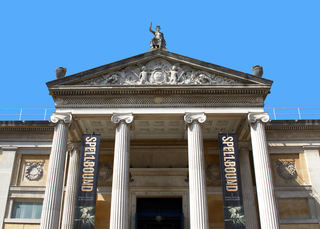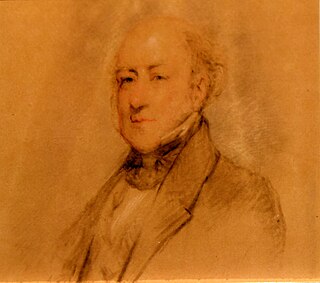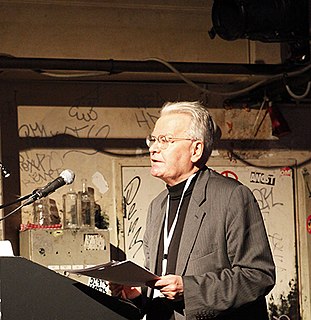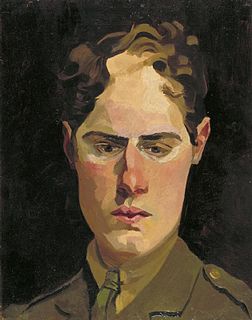It has been requested that the title of this article be changed to Ruskin School of Art . Please see the relevant discussion on the discussion page. The page should not be moved unless the discussion is closed; summarizing the consensus achieved in support of the move. |
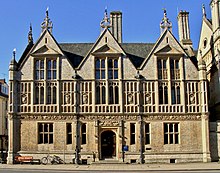 Ruskin School of Art | |
| Location | Oxford, Oxfordshire, United Kingdom 51°45′09″N1°15′02″W / 51.75250°N 1.25056°W Coordinates: 51°45′09″N1°15′02″W / 51.75250°N 1.25056°W |
|---|---|
Operating agency | University of Oxford |
| Map | |
The Ruskin School of Art, known as the Ruskin, is an art school at the University of Oxford, England. [1] It is part of Oxford's Humanities Division.

An art school is an educational institution with a primary focus on the visual arts, including fine art, especially illustration, painting, photography, sculpture, and graphic design. Art schools are institutions with elementary, secondary, post-secondary or undergraduate, or part of a broad-based range of programs. France's École des Beaux-Arts is, perhaps, the first model for such organized institution, breaking with a tradition of master and apprentice system when it was formed.

The University of Oxford is a collegiate research university in Oxford, England. There is evidence of teaching as far back as 1096, making it the oldest university in the English-speaking world and the world's second-oldest university in continuous operation. It grew rapidly from 1167 when Henry II banned English students from attending the University of Paris. After disputes between students and Oxford townsfolk in 1209, some academics fled north-east to Cambridge where they established what became the University of Cambridge. The two 'ancient universities' are frequently jointly referred to as 'Oxbridge'. The history and influence of the University of Oxford has made it one of the most prestigious universities in the world.




